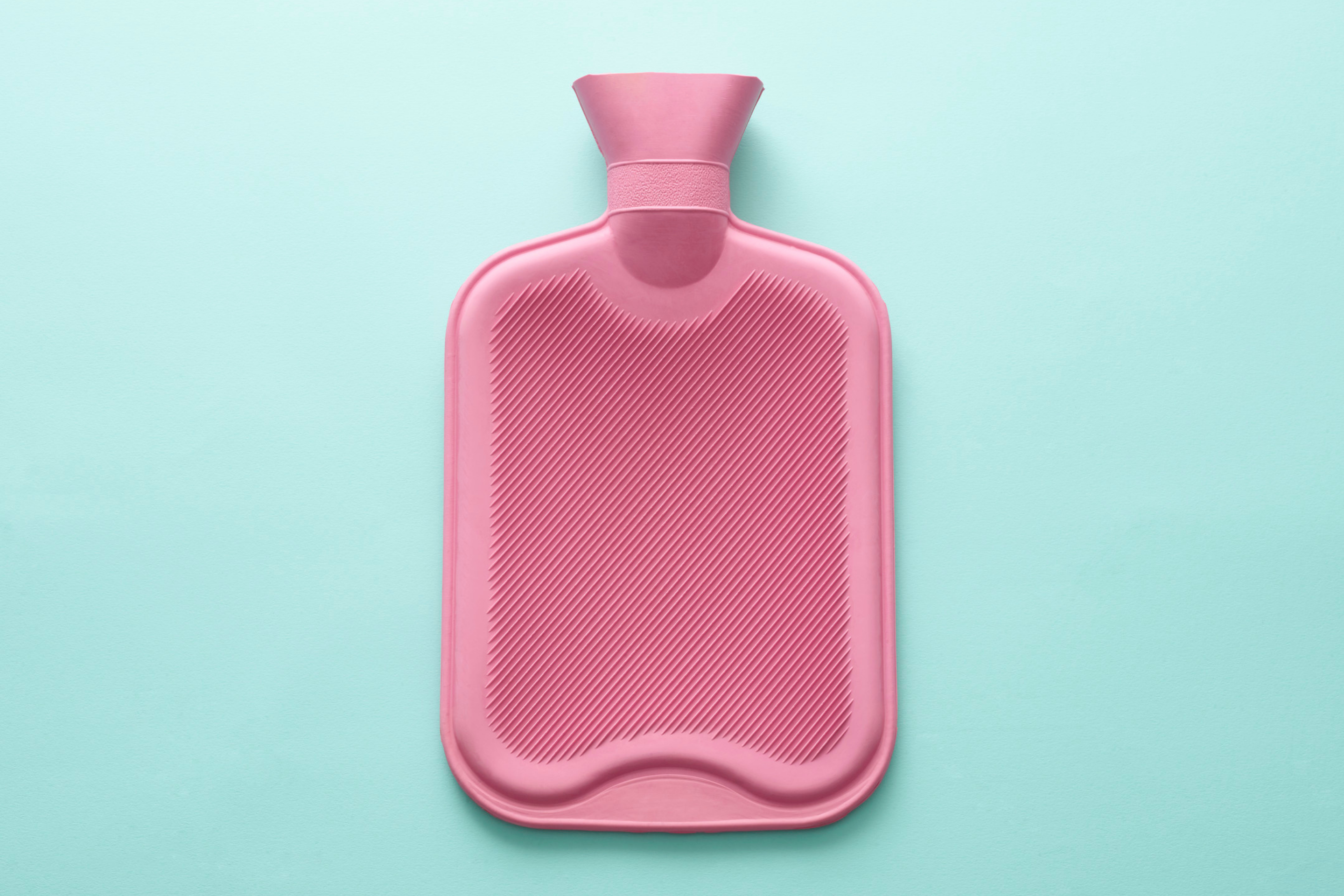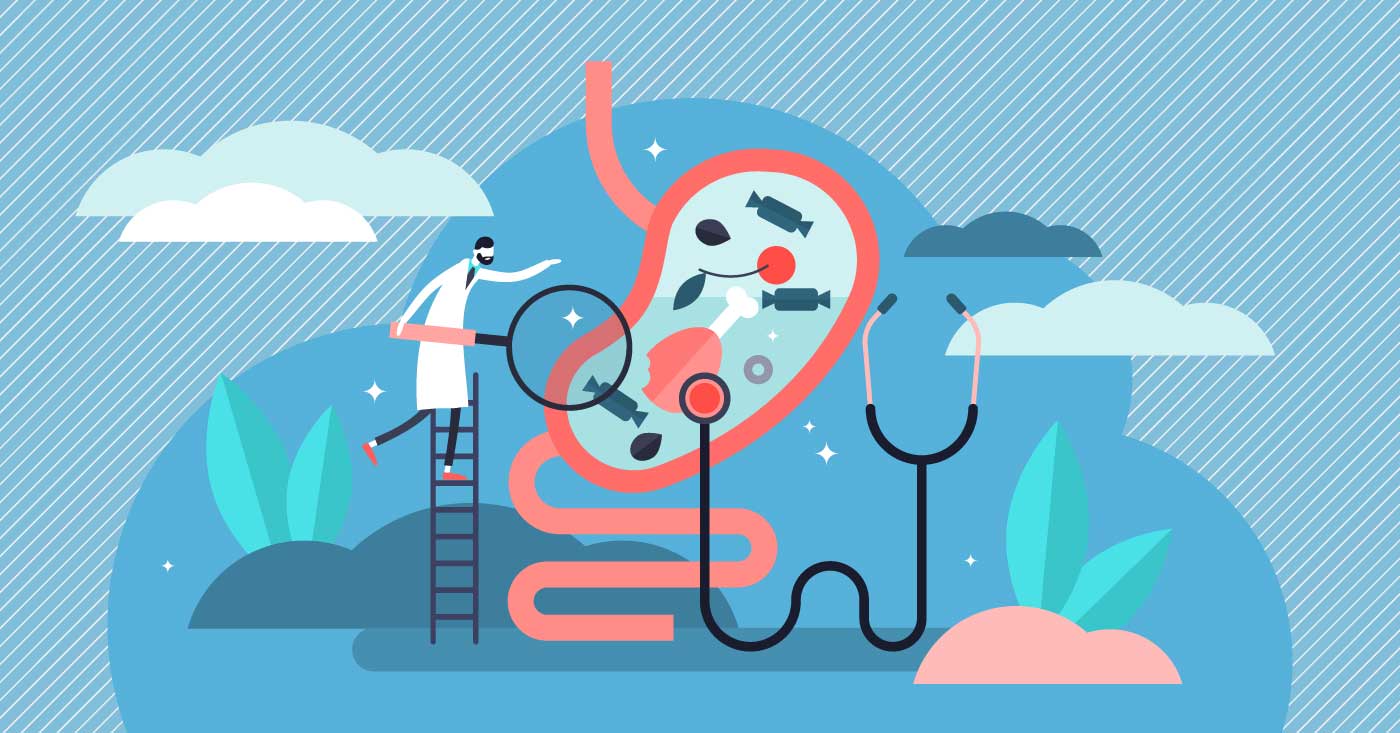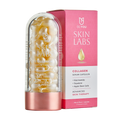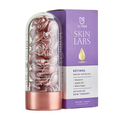The 4 phases of the menstrual cycle
Dec. 18, 2019 jess simms
Periods. We love talking about them. Why? Because they are so awesome! They may not feel that amazing, but your uterus operates in harmony with your inner and outer environments. It signals to your brain and the rest of your body what you need at certain times in the month. Whether it’s sleep, certain foods/vitamins or even sex, your menstrual cycle only wants to see you win! Staying informed about the menstrual cycle and tracking it is so important. So let’s break down what happens in your menstrual cycle.
HOLD FIRE. We just want to remind you that your menstrual cycle is unique to you. Your lifestyle and routine are specific to you and, because of that, your menstrual cycle is so special. Our emotions, food, sleep pattern and exercise routine all affect our cycle. Bear these factors in mind when tracking your cycle and talking about it with your fave menstruators.
The Menstruation Phase
The menstruation phase or your period marks the beginning of your cycle. We’ve spoken about periods so many times, but in case you’re still not sure, here’s the period run down. Menstruation occurs when you haven’t conceived and the uterine lining, that would cushion a foetus, is excreted. The uterine lining or period blood is what us uterus owners are faced with every month. If you want a more in-depth view of your period you can check out our guides :
What can your period tell you about your health
How much do you actually know about your period?
How Menstruation Works
Let's Talk Period Sex
4 reasons why your menstrual blood is THAT colour
The Follicular Phase
There is some overlap with the follicular and menstruation phase. This phase starts on the 1st day of your period and ends when you begin the ovulation phase. This phase kicks off when the hypothalamus signals your pituitary gland to produce FSH or Follicle-Stimulating Hormone. As we said in our Ovulation guide, this hormone stimulates your ovaries to grow follicles which each contain one egg. The maturing follicle will then increase estrogen levels which then thickens the uterine lining. This phase will usually last about 16 days as it begins at the start of your period.
The Ovulation Phase
During this phase of your cycle, your estrogen levels will begin to rise. This triggers your pituitary gland to release LH or Luteinising Hormone. Ovulation is then in full swing. The follicle will then release an egg which will then travel down the fallopian tube into the womb. Some symptoms of ovulation include:
-
Thicker discharge
-
A rise in body temperature
-
Ovulation pain
-
Spotting
-
Spike in sex drive
Ovulation usually happens between days 11-14 of your cycle, which is smack bang in the middle of your menstrual cycle. If the egg is not fertilised by a sperm the egg will degrade.
During ovulation, you may feel hornier than other times of the month. This is completely normal as your body ‘wants’ you to make a baby.
The Luteal Phase
The last part of your menstrual cycle tends to be the longest. The luteal phase of the menstrual cycle can last for up to 17 days. We’ve mentioned the corpus luteum in our Ovulation guide but in layman’s terms, this little guy is the burst follicle which reseals itself into the corpus luteum. Once it’s closed back up, the structure will release progesterone and some estrogen.
The corpus luteum plays its part by maintaining your progesterone levels when the egg has been fertilised. If not, it will shrink, causing a dip in your estrogen and progesterone levels. The low hormone level will cause your uterus to start the menstruation phase again. In the luteal phase, you may experience premenstrual syndrome or PMS. Common signs of PMS can include:
-
Bloating
-
Breast swelling, pain and tenderness
-
Mood changes
-
Headache
-
Weight gain
-
Changes in sex drive
-
Food cravings
-
Difficulty sleeping









